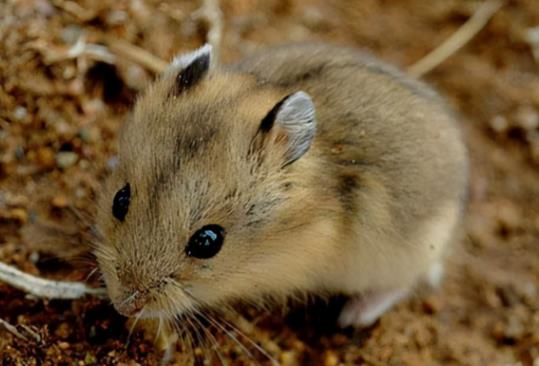Roborovski hamsters (also known as "Robos," including the "Grandpa" and "Grandma" color variants) are the longest-living breed among all pet hamsters. Their average lifespan ranges from 3 to 3.5 years, and some healthy individuals can even live up to 4 years.

1. Reasons for Their Longer Lifespan
Size and Metabolic Advantage: Roborovski hamsters are the smallest breed of pet hamsters. Their smaller size likely means lower metabolic demands, which reduces physical strain and extends their lifespan.
Genetic Stability: As a breed that has undergone long-term selective breeding, Roborovski hamsters have relatively stable genetic makeup. This minimizes health issues caused by genetic defects.
2. Lifespan Comparison with Other Hamster Breeds
Syrian Hamsters (e.g., Golden Hamsters): Their lifespan usually ranges from 2 to 3 years. They are larger in size and have higher requirements for living space and diet; poor care conditions may shorten their lifespan.
Djungarian Hamsters (Winter Whites): They live for about 1.5 to 2.5 years. With a gentle temperament and strong adaptability, their lifespan may still decrease if kept in unfavorable living environments.
Pudding Hamsters: They have a relatively short lifespan, generally 1 to 2 years. Their constitutions are sensitive, and they have weaker adaptability to changes in food or environment, requiring more careful care.
Campbell’s Dwarf Hamsters (e.g., Silver Fox Hamsters): Their lifespan is approximately 1.5 to 2 years. Special attention must be paid to their protein intake in the diet to maintain good health.
3. Care Tips to Extend a Hamster’s Lifespan
Provide a Suitable Living Environment: Prepare a spacious cage, use clean bedding, and maintain an appropriate temperature (20–28°C / 68–82.4°F) and humidity (40%–60%).
Offer a Nutritionally Balanced Diet: Choose high-quality hamster food as the main diet, and moderately supplement with protein-rich foods such as mealworms and boiled egg whites.
Regular Cleaning and Grooming: Keep the cage clean by replacing bedding regularly, which helps prevent bacterial growth.
Monitor Health Status: Check the hamster’s energy levels and appetite regularly. If any abnormalities are found, seek veterinary care promptly.
